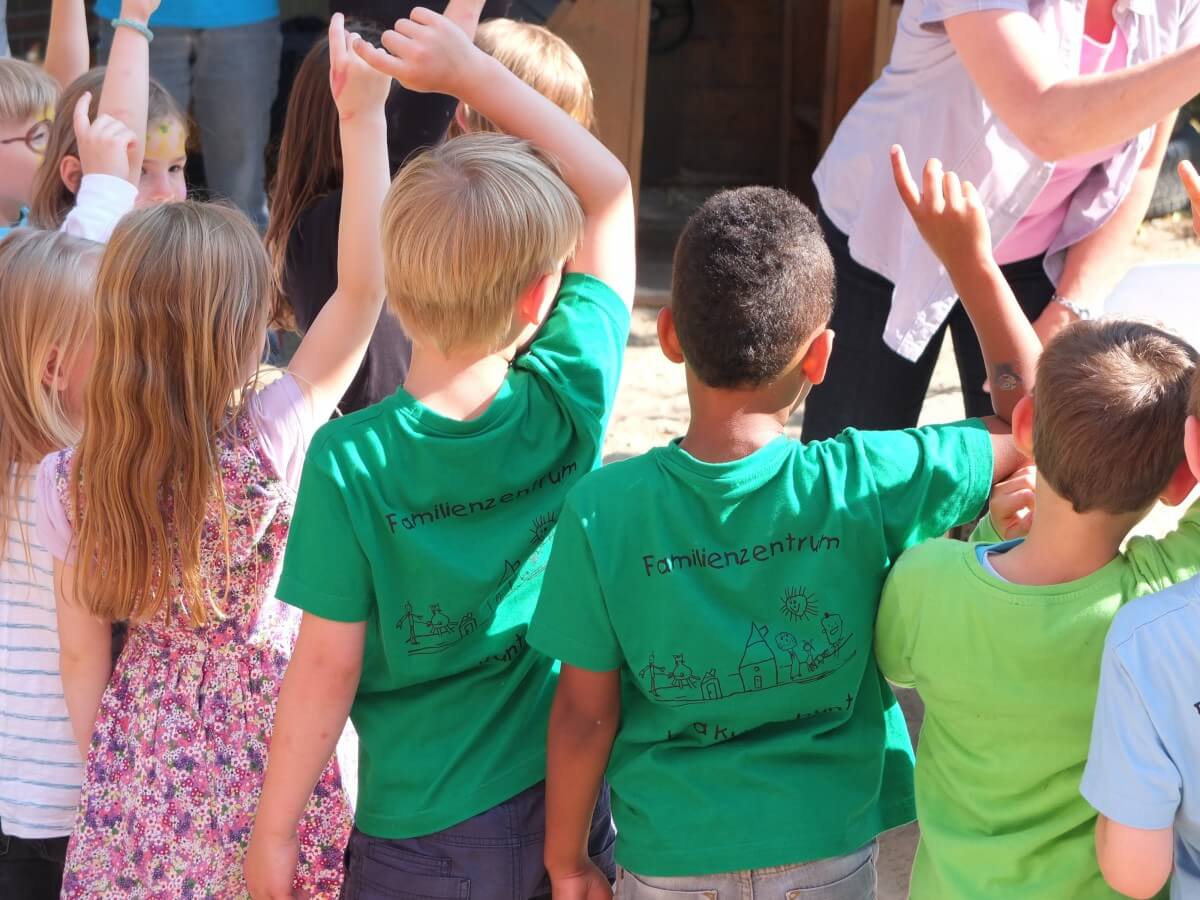
The worldwide pandemic has wreaked havoc on lecturers, lecture rooms, and bodily training. There isn’t a doubt bodily training and the bodily improvement of youngsters throughout their developmental years had been vastly affected by the pandemic. Bodily training is a subject by which bodily distancing, sporting masks, and avoiding shut contact is extraordinarily tough. The significance of bodily training for a kid’s social, emotional, and bodily well-being has been proven for many years (Bailey, 2006). Because the nation slowly comes out of the pandemic restrictions, curiosity in how bodily training courses had been affected throughout a pandemic must be studied.

Throughout the early 2022 college semester, 13 graduate college students (at present full-time lecturers within the college system), who had been taking a web-based Masters of Bodily Schooling diploma at Canisius School, offered perception into how the pandemic affected their bodily training courses. The lecturers mirrored on their experiences instructing bodily training through the 2021 college 12 months from January to December. The courses the 13 lecturers taught ranged from Okay to grade 12. The lecturers had been from totally different elements of the USA with one instructor (from the USA) instructing in Indonesia. The primary query addressed to the scholars was: How a lot bodily training time did their college students obtain through the pandemic? The outcomes indicated a 65% drop in bodily training time throughout the 13 lecturers surveyed. The overall time taking bodily training courses dropped from a median of just below 110 minutes per week to only underneath 40 minutes per week through the 2021 12 months.
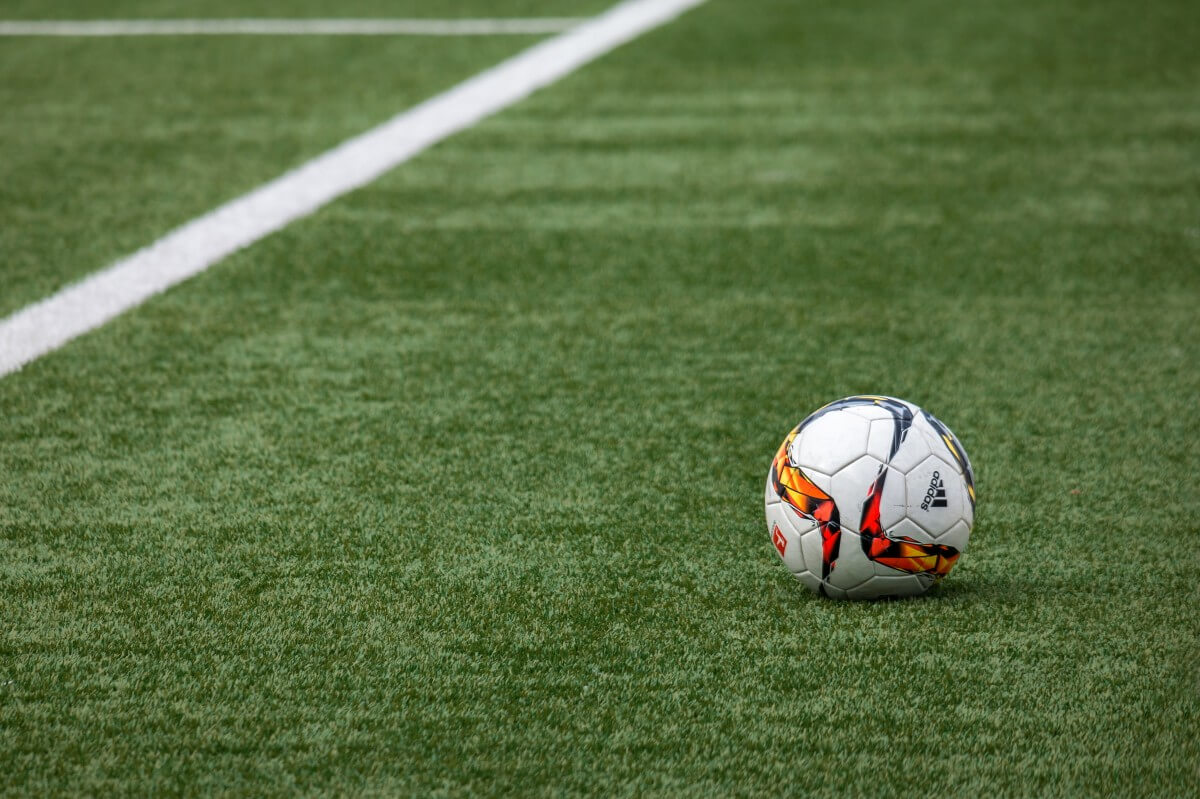
Reviewing knowledge for youthful grades (Okay-6) which 9 of the 13 surveyed lecturers had been instructing, there was a 70% lower in bodily training time from 105 minutes per week on common to half-hour per week through the pandemic. Within the older grades (7-12) which 4 surveyed lecturers had been instructing; there was roughly a 50% lower in bodily training time reducing from 115 minutes per week on common to 55 minutes per week. There was no noticeable distinction in lecturers’ bodily training time responses primarily based on location. 9 of the 13 surveyed lecturers taught in New York state, three had been instructing in New Jersey, and one pupil was in Indonesia. The 65% lower in bodily training time throughout 2021 would undoubtedly be a lot the identical for the autumn of 2020 and the spring semester of 2022 when pandemic restrictions had been additionally in place. This two-year interval would definitely affect the bodily improvement of school-aged youngsters, particularly within the youthful grades the place formative bodily improvement happens.
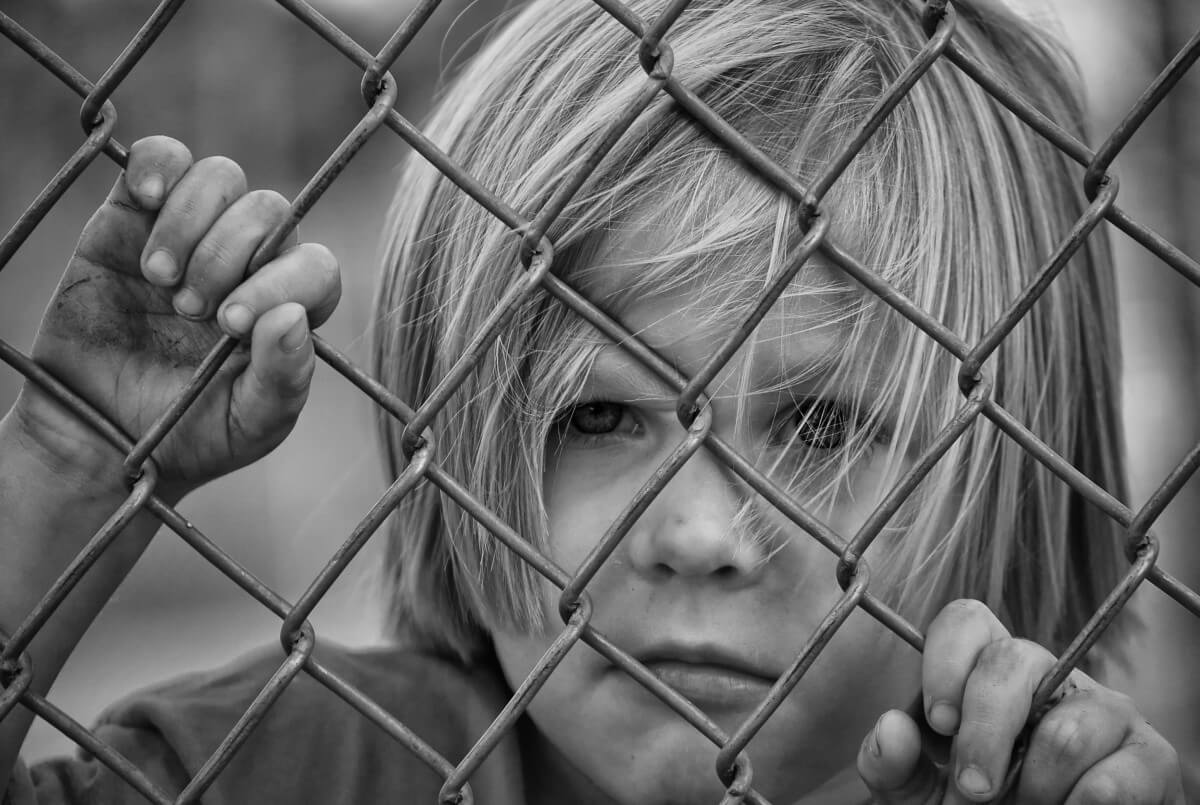
The present findings are supported within the literature as acknowledged (Tulchin-Francis, Stevens, Gu, Roberts, Keller, Dempsey, Borchard, Denims and VanPelt, 2021) by which age-based adjustments had been seen within the amount, selection, and depth of bodily exercise in youngsters. Colley and Watt (2022) equally confirmed bodily exercise charges amongst Canadian youth decreased by roughly two hours per week through the pandemic within the fall of 2020 as in comparison with 2018 exercise ranges. The lower in bodily exercise as an entire and bodily training courses particularly may have a profound impact on a baby’s improvement of bodily expertise however may additionally carry over to reducing curiosity in bodily actions usually, together with youth sports activities. The long-term impact of the pandemic on bodily improvement and exercise ranges in youth warrants additional research.
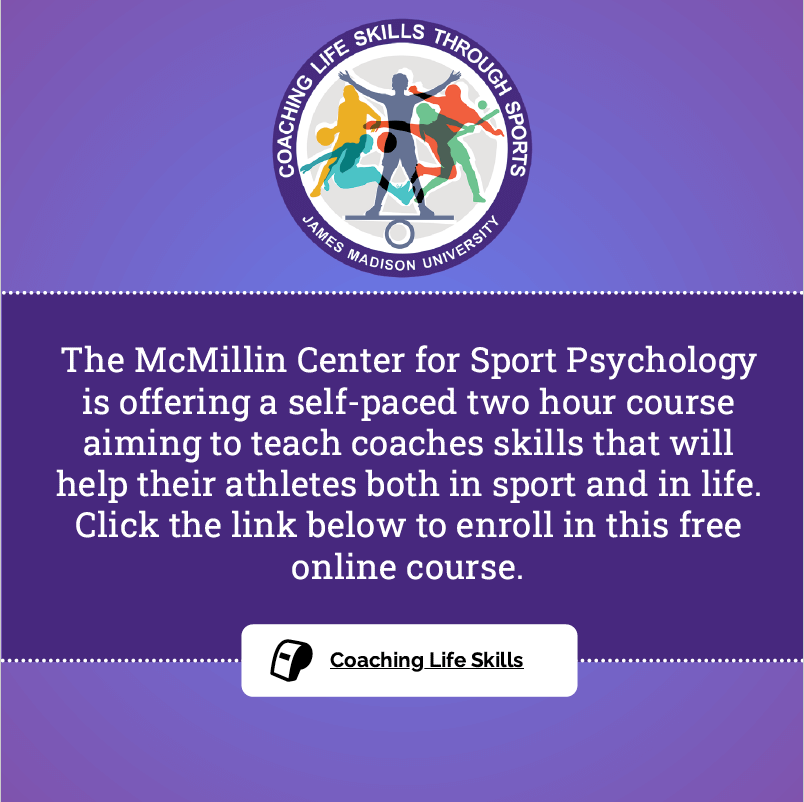
The 13 lecturers surveyed had been additionally requested in regards to the difficulties they’d whereas instructing bodily training through the pandemic and the damaging features of the pandemic on their bodily training courses. Eleven of the 13 lecturers (85%) acknowledged the largest damaging problem created by the pandemic was the ‘interplay between college students’ and the ‘interplay between college students and the instructor.’ College students had been required to put on masks and keep a six-foot bodily distance from one another whereas taking part in bodily training courses. The scholars additionally needed to keep six ft from the instructor which drastically lowered the flexibility of scholars to study expertise from the instructor. This damaging facet is supported within the literature by Spitzer (2020) who acknowledged that sporting masks throughout bodily exercise made college students really feel uncomfortable and so they wished to lower their participation charges.
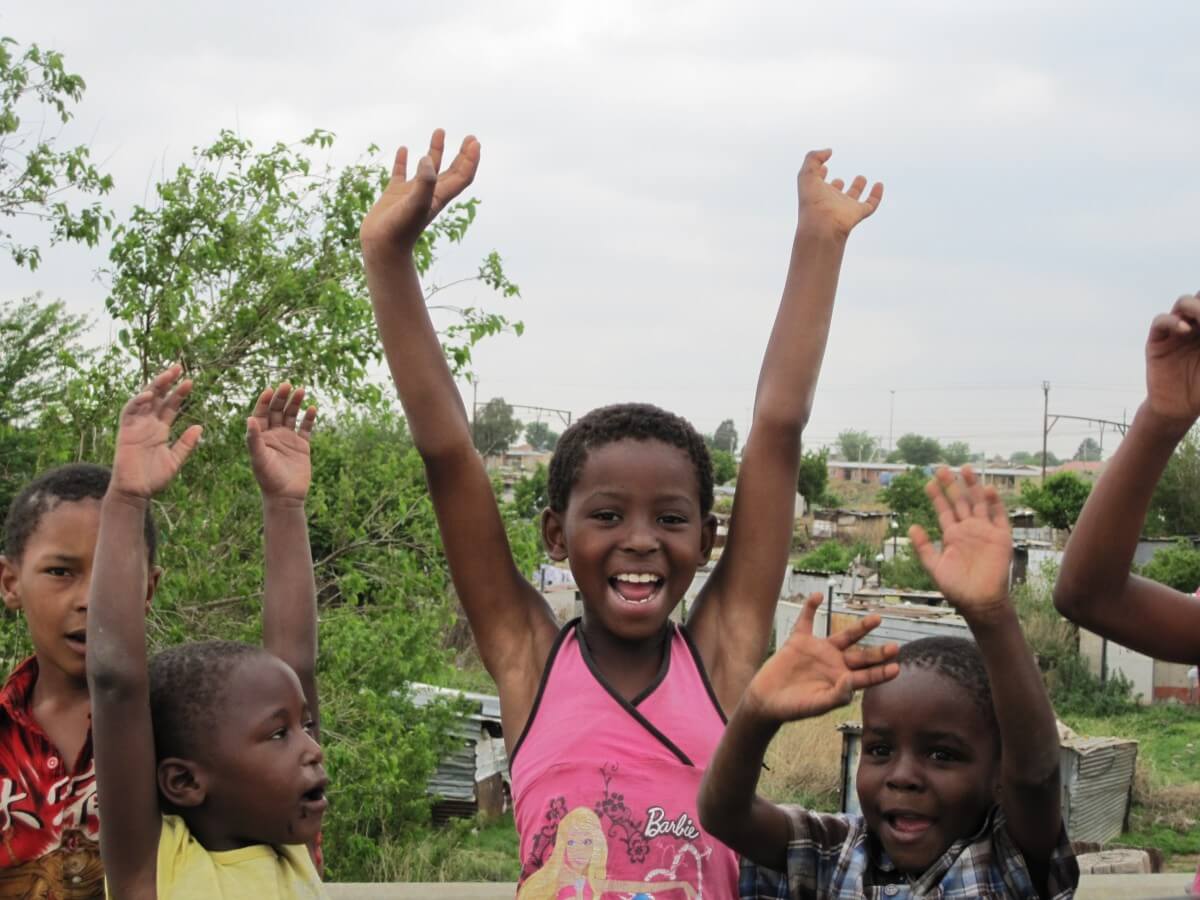
The second most reported damaging issue of instructing through the pandemic (reported by 46% of lecturers surveyed) was ‘lesson planning.’ Lesson planning was made tough since bodily distancing needed to be included into the teachings and some of the scholars with particular wants actually suffered as classes, normally hands-on, couldn’t be tailor-made to them. Lesson planning through the pandemic additionally elevated the workload for lecturers since new classes with bodily distancing needed to be created for every class and most classes weren’t allowed to make use of tools because of the potential of the virus to switch on tools.
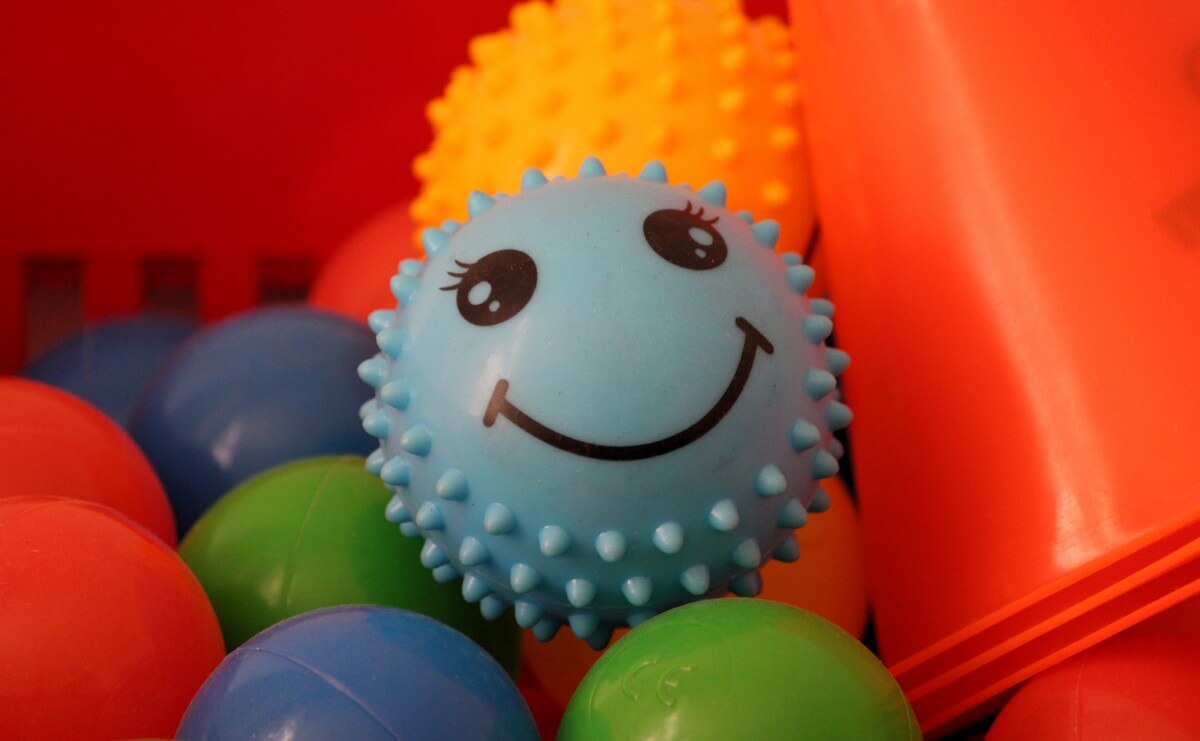
The third and fourth most reported damaging penalties of instructing bodily training through the pandemic had been: ‘participation charges’ and ‘tools’ (each reported at 39%). For probably the most half, tools was not allowed, particularly early within the pandemic, so creating classes was tough. Tools was to not be shared between college students and in a while within the pandemic tools was permitted however had for use by just one pupil and wiped down with disinfectant. This was a problem for lecturers. Decreased ‘participation’ was talked about as a damaging consequence of the pandemic as a result of college students in bodily training courses had been allowed to take a seat out and never take part if their mother and father felt it was harmful (by way of choosing up the virus in bodily training class). The principal informed lecturers to permit college students to take a seat out in the event that they wished to. In lots of circumstances, the lecturers didn’t have a gymnasium because it was taken over to make use of as a classroom so bodily distancing with desks far aside may happen. Usually with no gymnasium, little participation, and never allowed tools, bodily training grew to become an enormous problem for lecturers, notably within the early phases of the pandemic. A number of the lecturers acknowledged that later within the pandemic, they found out methods to disinfect tools, use what they’d realized the 12 months earlier than to create individual-based classes, and had lesson actions the place social distancing may happen.
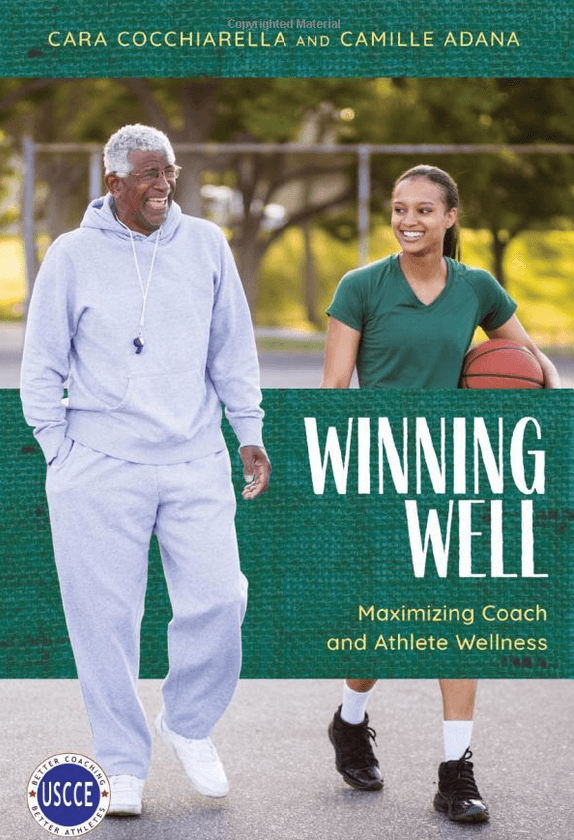
The final two talked about the damaging penalties of the pandemic as acknowledged by the lecturers (reported by 23% of lecturers surveyed), had been ‘grading’ and the ‘psychological/emotional’ facet of instructing throughout a pandemic. Academics had been informed by directors to permit versatile grading and supply extra grades for non-skill-based studying. The facet of grading on bodily skills was dramatically lowered through the pandemic and lecturers had been knowledgeable to permit college students nice latitude whereas being graded in bodily training. Grading on expertise or ability improvement or sports-related grading was dramatically modified through the pandemic. The last-mentioned damaging impact of the pandemic was the ‘psychological/emotional’ toll it took on the scholars and lecturers. The scholars couldn’t work together with one another as typical and the scholars had been fearful about catching the virus. Many lecturers had been confused about what they may and couldn’t do throughout bodily training courses. Campbell, DeLeew, and Owen (2021) acknowledged that the pandemic closed parks, canceled youth sports activities, and neighborhood actions, and prevented youngsters from reaching bodily exercise at minimal ranges. This has put a psychological pressure on youngsters who’re used to common bodily exercise. Academics had been equally fearful about contracting the virus and how one can safely educate bodily training. Additional, the pandemic created a lack of as much as two million instructing jobs throughout the USA (Litvinov, 2020) which put an extra pressure on lecturers’ psyche. Thus, the pandemic put a psychological and emotional pressure on college students and lecturers associated to taking part in bodily training courses.
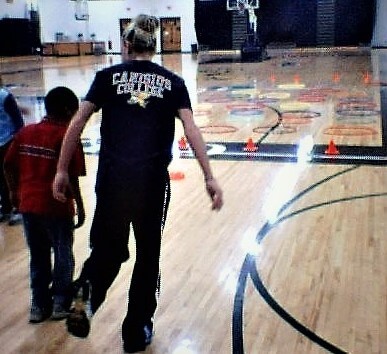

Many faculties opted for distant studying the place studying was transferred from the classroom to residence or a hybrid mannequin which used a mixture of in-person studying and distant studying (Truong, 2020). The 13 lecturers surveyed acknowledged they tried to have college students interact in bodily training at residence throughout instances they might usually have it in school. This introduced a number of challenges for the lecturers similar to very poor attendance at scheduled zoom bodily training courses and college students not taking part in actions after they had been scheduled to. There was additionally, what one instructor surveyed acknowledged was, ‘chaos’ when transitioning from gymnasium to residence bodily training. Lack of knowledge, lack of element, and lack of planning had been famous as the premise for the ‘chaos’ assertion. Kilday and Ryan (2019) harassed the significance and want in studying that college students frequently join and work together with their friends. This was misplaced with on-line distant bodily training studying through the pandemic.
The advantages of bodily exercise have been taught by well being professionals for many years. Common bodily exercise is understood to lower the probability of Kind 2 diabetes, and management blood glucose ranges, weight, blood stress, and levels of cholesterol (CDC, 2019). The pandemic has undoubtedly created a much less wholesome way of life for school-aged youngsters. Additional, it’s seemingly that the pandemic may have positioned youngsters far behind of their bodily improvement and it could take years to catch up. Analysis research will probably be wanted to find out the precise extent that the pandemic affected the bodily improvement and well being of school-aged youngsters.
References
Bailey, R. (2006). Bodily training and sport in faculties: A evaluation of advantages and outcomes. The Journal of College Well being (76): 397-401.
CDC. (2019). Lack of bodily exercise. www.cdc.gov/chronicdiseases/sources/publications/factsheets/physical-activity.htm.
Colley, R. and Watt, J. (2022). The unequal affect of the Covid-19 pandemic on the bodily exercise habits of Canadians. https://www.doi.org/10.25318/82-003-x202200500003-eng.
Kilday, JE and AM Ryan (2019). Private and collective perceptions of social assist: Implications for engagement in early adolescence. Up to date Instructional Psychology: 163-174.
Litvinov, A. (2020). NEA Evaluation: Practically two million training jobs could possibly be misplaced. www.nea.org/advocating-for-change/new-from-nea/nea-analysis-nearly-2-million-education-jobs-could-be-lost.
Spitzer, M. (2020). The advantages and burdens of sporting face masks in faculties through the present Coronavirus pandemic. Developments in Neuroscience and Schooling (20): 100138.
Theis, N., Campbell, N., DeLeew, J. and M. Owen (2021). The results of Covid-19 restrictions on the bodily exercise and psychological well being of youngsters and younger adults with bodily and/or mental disabilities. www.sciencedirect.com/science/article/pii/S1936657421000054.
Truong, M. (2020, Sept. 10). What’s distant or remote-hybrid studying? Retrieved October 31, 2022, from https://assist.apu.edu/hc/en-us/articles/360052228253-What-is-remote-or-remote-hybrid-learning-.
Tulchin-Francis, Okay., Stevens, W., Gu, X., , Roberts, H., Keller, J., Dempsey, D., Borchard. J., Denims, Okay., and J. VanPelt (2021). The affect of the coronavirus illness 2019 pandemic on bodily exercise in US Youngsters. Journal of Sport and Well being Science (3): 323-332.
